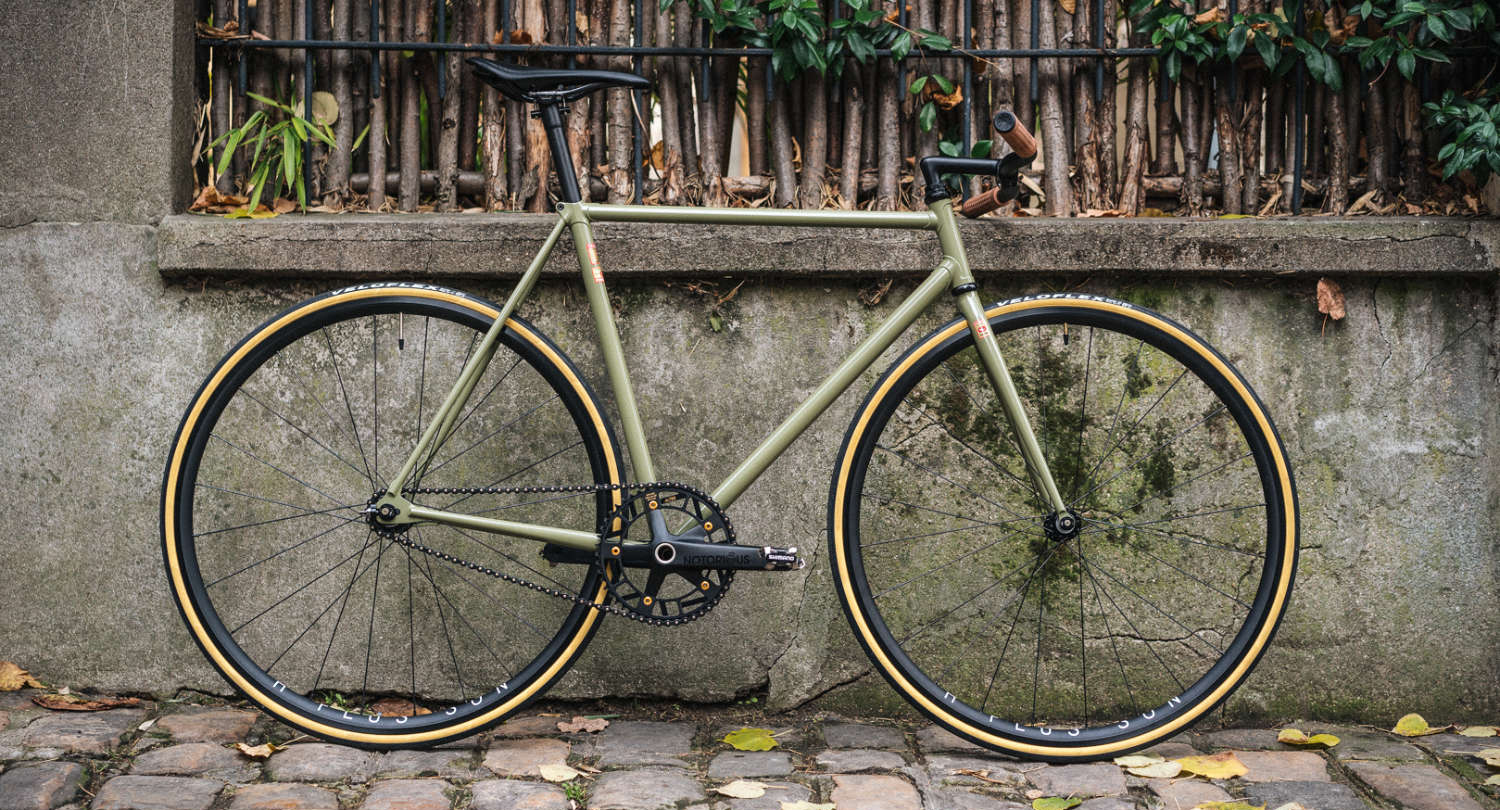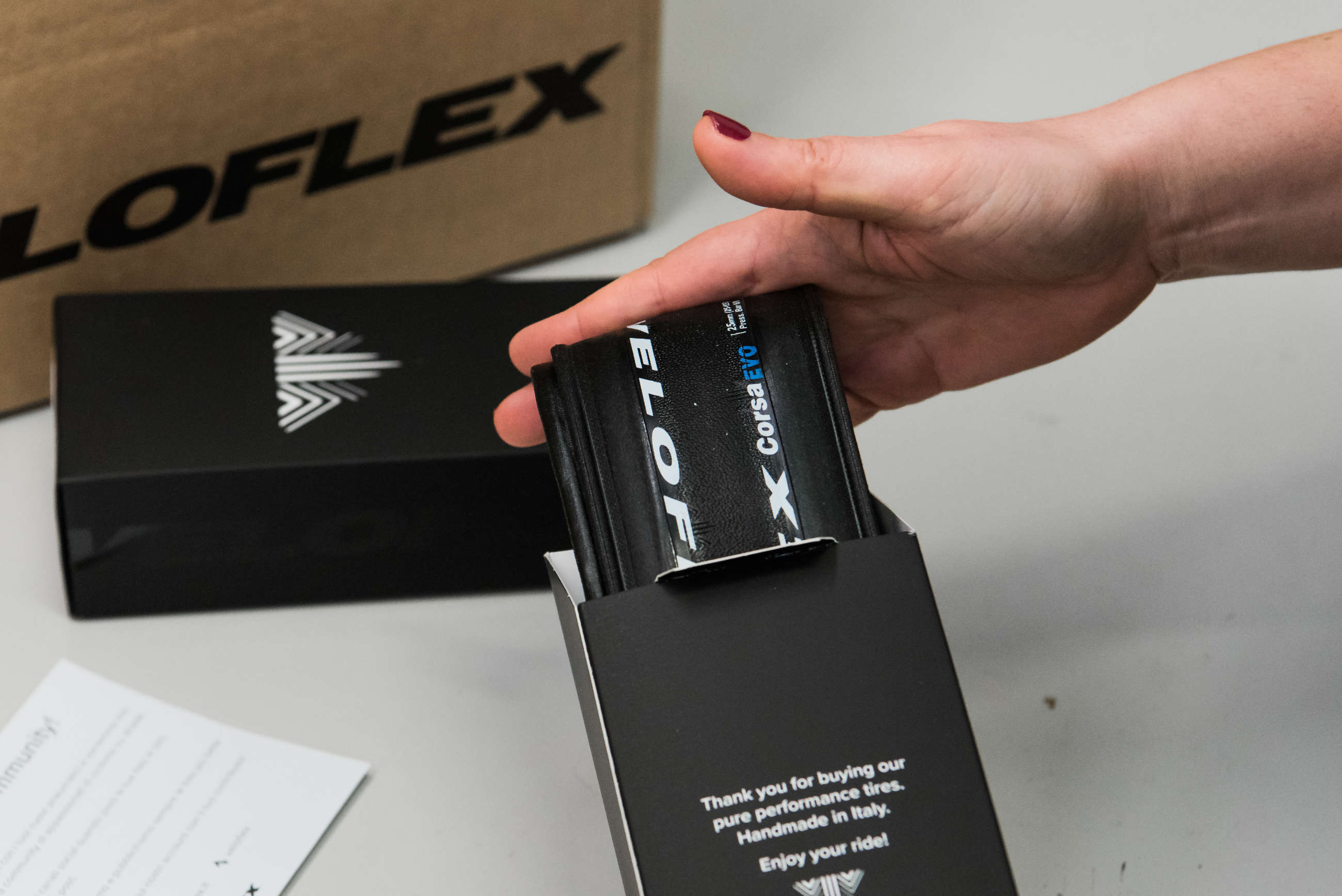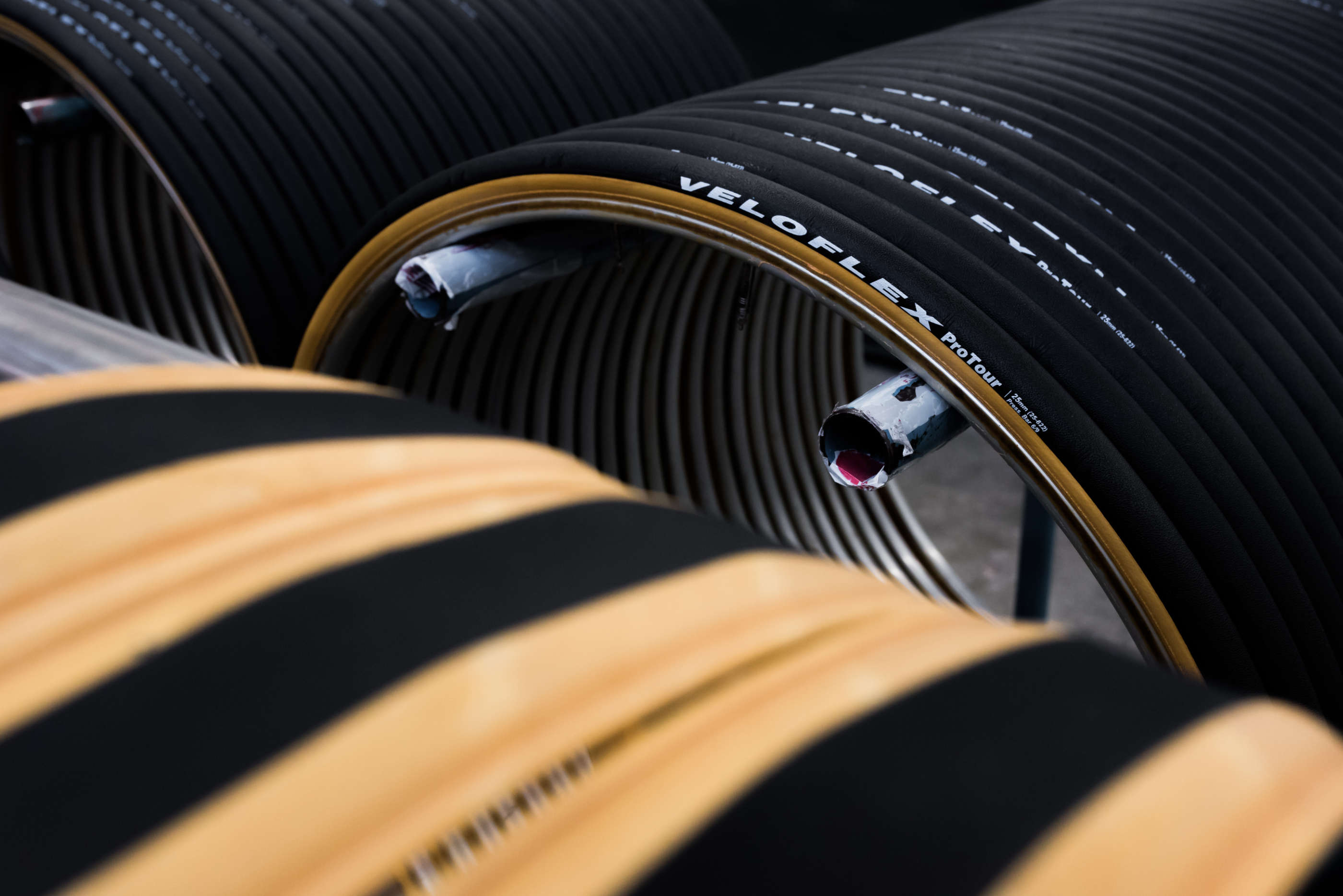Tubular, tubeless or clincher tire? A guide to the purchase of road bicycle tires

Spring has just begun and we will be doing more kilometres on our road bicycles to train or simply have fun. Riding with the right tire is fundamental for greater performance and our safety, and we want to guide you to the purchase of the most suitable one. Here are all the different features that you should take into consideration when it comes to choosing the right bicycle tires.
The kind of bicycle you are going to use
Whether you have a mountain bike, a gravel or a road bicycle, the kind of tire varies remarkably according to the bike you intend to use. In this article we will be focusing primarily on road bicycle tires as our company specializes in this field.
The type of tire: tubular, tubeless or clincher?
Tubular, clincher or tubeless ready?
Besides the kind of wheel that is mounted (each tire needs a specific kind of wheel), the choice depends also on your needs and habits.
Tubulars offer comfort, greater feeling and safety, unlike clinchers or tubeless ready. However, installing a tubular can take longer than mounting a traditional clincher tire. On the other hand, with the introduction of double-sided gluing tapes, installing a tubular is now much easier, faster and cleaner than it used to, when the only option was gluing with mastic. Also, thanks to tire sealants you can still make it back home in case of flat tyre.
Clinchers are probably the best choice especially for those who use them for training or longer distances, because of their easy installation and substitution of the air chamber. Unlike a tubular, although, a clincher is not as comfortable, especially because its casing doesn’t create a wholly closed circle, but a half circle whose tire bead area will seat on a rigid rim. Lastly, as the clincher is not glued onto the rim, this can reduce safety and performance.
A tubeless ready bicycle tire, besides the cons of a clincher, is also more difficult to mount even than a traditional tubular with double-sided gluing tapes. It takes longer and material of greater quality must be employed. Once it is installed, a TLR total weight is higher than a clincher with an air chamber, but the main advantage is its capacity of self-repairing thanks to the sealant that must be used during the installation. This sealant sometimes can’t seal all the possible holes as a road bicycle uses high pressures. A tubeless ready is ideal for mountain bikes, as the air pressure is lower. These characteristics should be all taken into consideration when it comes to choosing the right tire, besides having wheels that are suitable for tubeless ready.
Rim and tire size
The diameter of the rim is a binding feature to choose the right tire; as for a road bicycle this can be 650C (the size that was used on the front wheel for time trial or children’s bicycles) or 700C (the standard measurement for road bicycles for racing).
Another fundamental parameter, especially for wheel-tire matching (standard E.T.R.T.O. standard) safety, is the choice of the tire section.
In order to install the tire into the rim groove, when you mount a clincher or a tubeless ready, you must check you are using the right section. Please check the article on our blog and the table with detailed rim-tire matching according to E.T.R.T.O. standard.
Areas of the bicycle frame under the fork and the chainstay
Sometimes the areas of bicycle frames can be extremely narrow, so in this case you should check the maximum size of the tire that can be installed, as you may risk rubbing the tire or the sidewall against the frame.
To avoid not being able to install a certain tire section, Veloflex produces tires that have a lower section, but overtime it will increase of 0.5 – 1.0mm, due to the relaxation of the casing after some kilometres.
Other requirements that should be taken into account
So far we have listed all those features that should be taken into consideration when it comes to choosing the right bicycle tire. We should now focus on some other characteristics that vary on the basis of your personal needs and requirements.
Price range
High-end, average or lower price range tires?
It all depends on what you expect from your bicycle tires and how you will be using them.
For those who don’t need to cover long distances and are not interested in high performance, or don’t have to quick corner, a lower price range tire or an average one would do. It will offer good puncture resistance, to the detriment of weight, which won’t be a priority.
If you use your bicycle as a means of transport in the city, a lower price range tire is more than enough. In this case we are interested in safety, weight and thickness, rather than performance, characteristics that such tire can offer, to help us ride on and off sidewalks.
If you are into performance and racing, then you should go for a high-end tire. In this case the focus is on lightweight, lower rolling resistance, flexibility and grip to get greatest performance during training or racing, which is yet detrimental to long-lasting quality over longer distances and resistance.
The use of tire
Long-lasting or for specific purposes?
It’s important to take into consideration how you are planning to use your bicycle tire to use the right clincher. Firstly you need to consider if you will be covering longer distance during the training. In that case, you will need a lasting and puncture-proof tire, to the detriment of performance.
On the other hand, if the purpose of our training sessions is racing the compound of our bicycle tire will have to be softer and the tire will be more responsive as if you were in a contest. In other words, you must choose whether you want to give priority to longer distances and, by extension, to the clincher tire resistance, or to its grip in any weather or surface condition. Or would you rather focus on its flexibility to face a competition?
Bicycle tires vary according to all these characteristics and so a tire that can handle 10,000 km is unlikely to be flexible, puncture-proof and, at the same time, to offer greater grip. Thus, you must decide which feature is key according to the use of the tire, in order to choose the most suitable for you.
The size of the clincher tire
The tire section, besides taking into account the areas of the bicycle frame and the rim size, depends also on your habits and needs.
A 23mm tire is faster, more responsive and rigid than a 28mm one, which will be more comfortable, thanks to lower air pressure and a higher air volume. It allows to adapt to rougher road surfaces and will make bends and descents softer. A 25mm tire, besides today’s trend to get wider rims and tires, is the most widespread choice as it stands in-between 23 and 28mm, offering the right mix of comfort and responsiveness.
Choosing the right tire tread
Once a smoother or harder tread referred to the different kind of path one intended to cover (track, wet, or strade bianche – white roads). In the last few years, road bicycle tires have become smoother or slightly carved as the grip of the tire does not depend on the knurl of the tire tread, but only on its compound, which can offer greater performance and grip on any road surface thanks to the latest technology.
The colour of the tires
This is also really personal, depending on your taste, the match with your bicycle and whether you want your tires to stand out against the rims or not. A tire with brighter sides will stand out better on a black carbon bicycle and will make it more stylish. Yet, you should take into account that brighter sides can get dirty more easily and on a handmade product you mustn’t use aggressive cleaning products, as the tire can be damaged. Natural rubber coloured sidewalls can be cleaned only with neutral cleansers.

At this point, you will only need to choose the most suitable tire for your bicycle and that can meet your specific requirements. It will allow you to fully enjoy your rides and get the performance you are looking for.
 English
English
